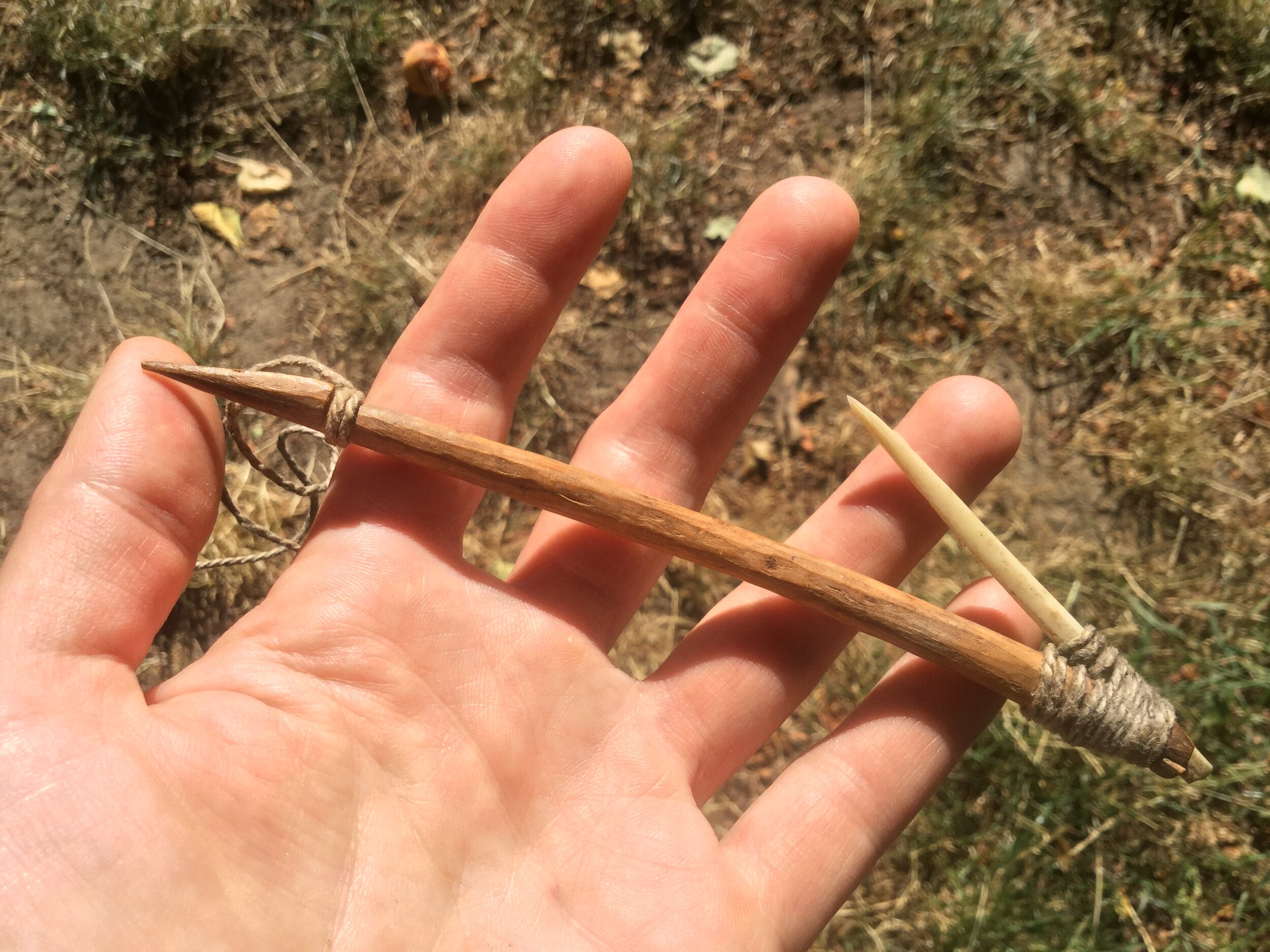A colleague recently called me to ask for advice on how to respond to a developer who wanted to build a large lakeshore development within a registered archaeological site but did not want to obtain a Site Alteration Permit under Section 12 of the Heritage Conservation Act. From my conversation with my colleague, apparently the developer did not think they needed to consult an archaeologist or the Archaeology Branch because the area had been previously disturbed.
To make a long story short, the developer went ahead with the development and in the process destroyed significant intact archaeological deposits that were still present underneath the disturbed surface. Indigenous monitors on site stopped construction work and contacted the Archaeology Branch, who issued a stop work order. This resulted in irreparable destruction of important archaeological deposits – a non-renewable resource. It also resulted in long delays to the developer’s schedule and major unplanned costs.
Archaeologists have lost count of the number of times construction managers, developers, government officials, and landowners have said that an archaeological assessment or archaeological monitoring of a development site is not needed because, “…it’s all disturbed.” There have also been countless times an archaeologist had had to stop construction during monitoring for archaeological resources because there were intact archaeological deposits present in an area where everyone expected the entire work site to be previously disturbed.
This highlights the need for developers to engage qualified professionals to assist them with their compliance with relevant laws, regardless of how a work site appears on the surface. Professional archaeologists and indigenous communities together have the technical expertise and knowledge of the complex history of human presence in B.C. to provide expert advice.
Often, archaeologists can provide site specific recommendations that allow developers to move forward with some understanding of the archaeological costs involved with proceeding with development. Plans can be changed to avoid areas with high archaeological sensitivity, and still allow for development to proceed without the unnecessary and costly delays that usually give archaeology a bad reputation in the news.
While it is true that archaeological sites that have been previously disturbed may be managed in a different way from sites that have not been disturbed, it is also true that both intact and disturbed archaeological sites are afforded the same protection under the Heritage Conservation Act. To quote one of my mentors, “A disturbed site is still a site.”














